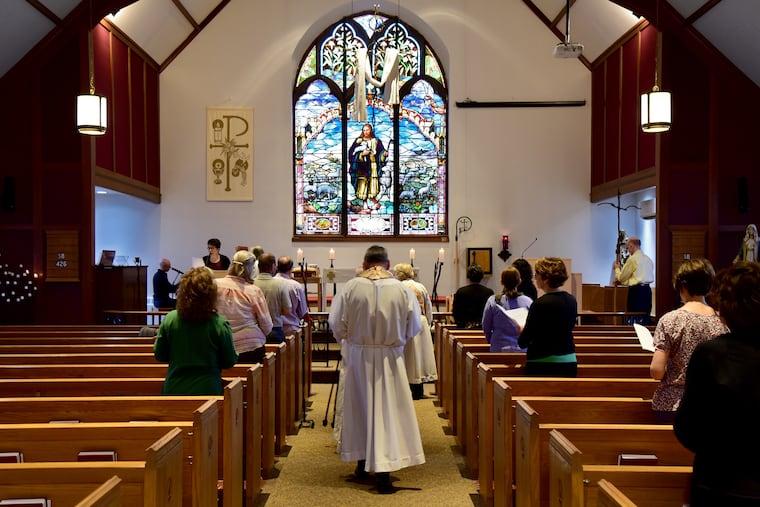‘If ex-Catholic was a religion...’: Why independent Catholic churches are flourishing
The Roman Catholic Church is still the biggest religious institution in the United States. But fewer and fewer Americans are identifying as Catholic, and independent congregations are drawing some with an openness to concepts and stances the Roman Catholic Church eschews.
